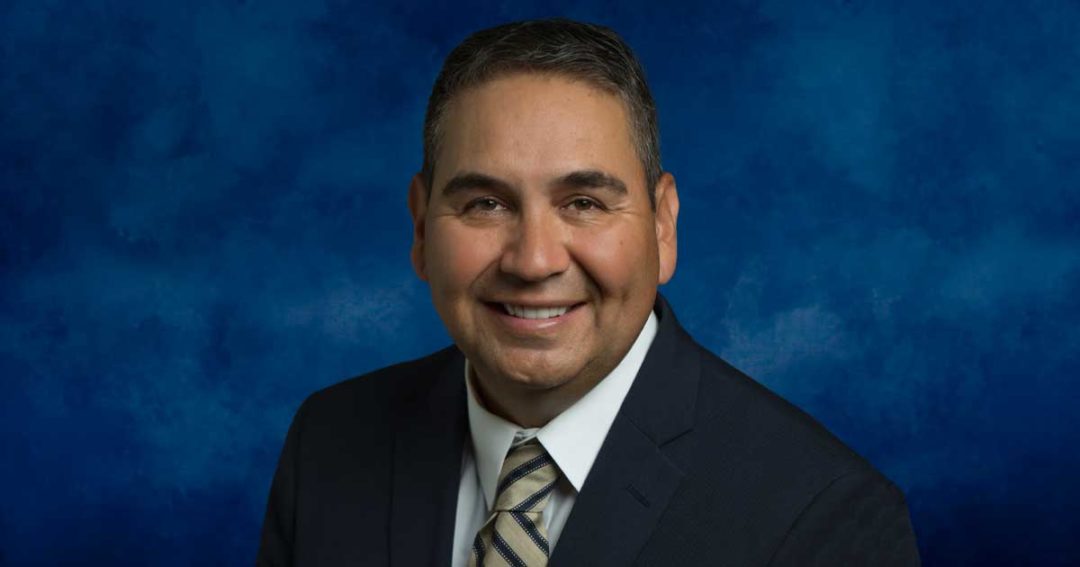
Second-chance loans a 'lifesaver'
United Credit Union’s payday loan alternative empowers credit-disadvantaged members.
Loans can be more than a borrowed sum of money. They can establish credit, provide financial education, address inequities, increase consumer confidence, and provide second chances.
That’s where United Credit Union's second-chance loans come in.
The $295 million asset credit union in Chicago launched its revamped payday loan alternative this year to empower credit-challenged members. It’s one method the credit union, which is a community development financial institution (CDFI) and minority depository institution (MDI), uses to offer low-income households and marginalized groups access to capital, credit, and financial services.
"Our goal is to serve and empower our communities," United Credit Union CEO Mario Aguirre says. “We believe that everyone deserves the opportunity to achieve financial stability. By providing access to a lower-rate alternative, we hope to help our members break the cycle of high-rate payday loans and achieve their financial goals."
Members can borrow up to $2,500 at a competitive annual percentage rate (APR) for up to 24 months. The loan aims to assist borrowers with paying off essential small-dollar needs—such as rent, vehicle repairs, and medical bills—while establishing credit history and getting out of payday lending cycles.
“It gives people the opportunity to improve their financial stability,” Aguirre says. “It’s intended to satisfy a need rather than a want. It buys them a couple months of relief where they can figure things out. It allows for the flexibility to pay it back.”
While United has offered second-chance loans for years, the program recently expanded due to a CDFI grant that allowed the credit union to take on more risk while adding volume and support services. The branches were bombarded in the first few weeks of the revamped program.
“Word of mouth spread quickly,” Aguirre says, noting 75% of the new loans were made to nonmembers. “We were inundated with loan requests. That first week or two, our lobbies were jam packed. This CDFI grant is over a three-year period. It’s working well, we just need to better understand the capacity we have available and the need of our community. The need is there, clearly, based on the number of people that walked in.”
While the credit union anticipates generating $1 million or $2 million in loans this year, Aguirre says they aren’t measuring the program’s success by its financial performance, but rather the people they’re helping.
“They say it’s a lifesaver,” Aguirre says. “That it’s helped them stay above water and get the funding they need longer term. Now their eyes are open to what a credit union is and the value we have to offer. We transition that into financial literacy and the education they need to improve their financial situation. Education is the No. 1 goal. This puts them on the other side of the desk so we can have that conversation and get them on that path of financial growth.”
Aguirre recognizes that programs like this are what has led United to double in size over the past five to seven years.
“A lot of it’s had to do with finding what we’re good at—serving underserved communities,” Aguirre says. “You feel a sense of accomplishment in what you do, you feel good about it, and you want to do more.”
With an uncertain economy and a potential recession looming, there will always be opportunities to offer a consumer a second chance or a lesson in financial education.
“It will present a greater need for those that are financially unstable,” Aguirre says. “Larger financial institutions tend to stay away from small-dollar loans, looking at them from a profitability standpoint. We look at it from a support standpoint. That’s what differentiates credit unions.”